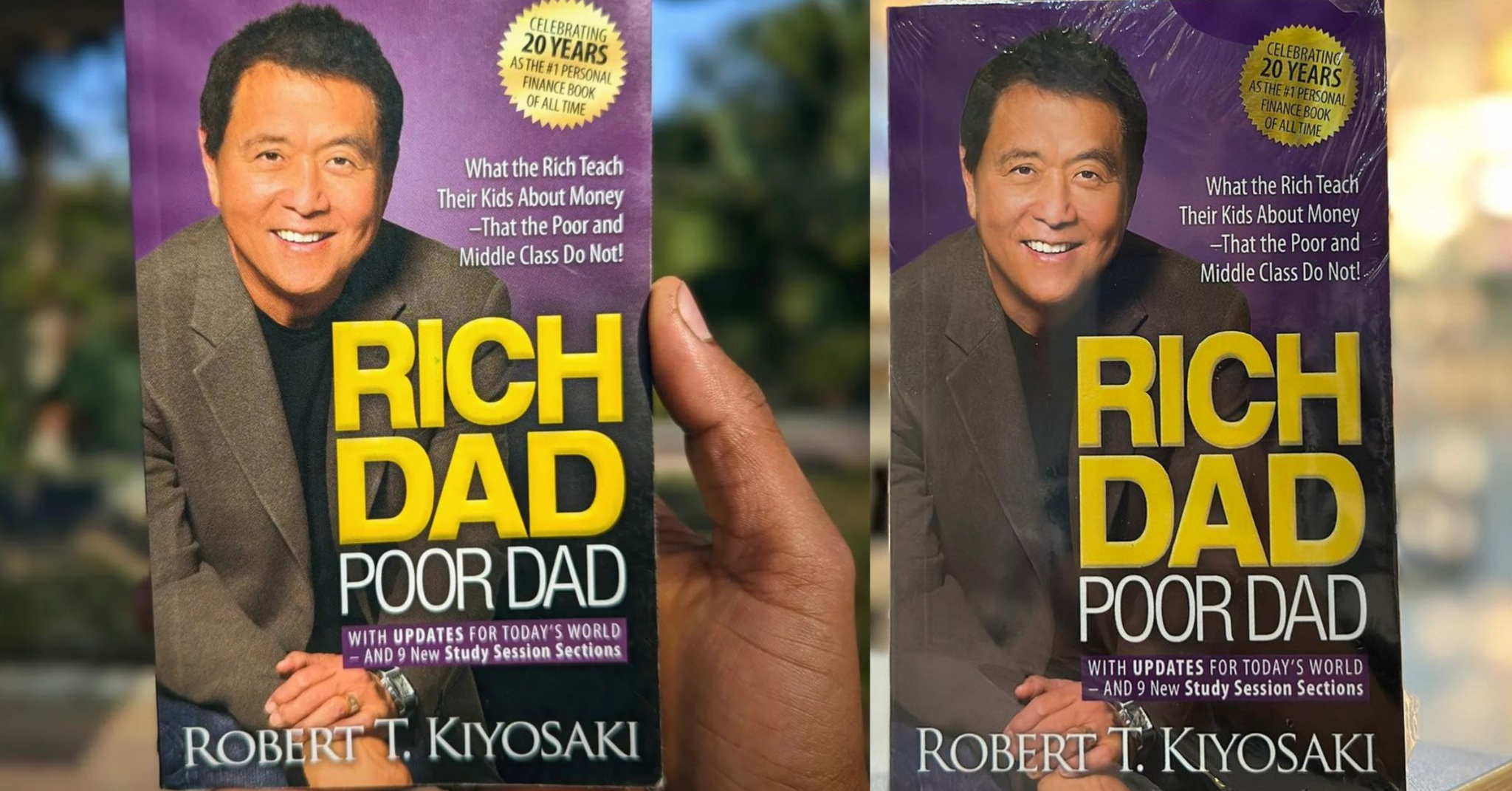Robert T. Kiyosaki’s Telling About 10 Key Lessons from “Rich Dad Poor Dad” is a classic in personal finance that has given millions of readers the confidence to take charge of their financial future. Kiyosaki shares ageless lessons on wealth development and financial literacy via the tales of his two fathers, one wealthy and the other impoverished. Here are ten key takeaways from the book, all in plain English:
1. Difference Between Liabilities and Assets 10 Key Lessons:
– Kiyosaki highlights how crucial it is to comprehend the distinction between assets and liabilities. Liabilities, such as loans and credit card debt, take money out of your pocket, whereas assets, like stocks or real estate, put money in your pocket. A solid asset column is essential for achieving financial independence.
2. The Power of Financial Education:-
10 key lessons Learning happens everywhere. Kiyosaki promotes ongoing financial education, contending that success depends on a solid understanding of money and its functions. Making wiser financial decisions can result from education about personal finance, taxes, and investing.
3. Work for Knowledge, Not for Profit:-
Kiyosaki advises working to get 10 key lessons new knowledge and abilities instead of working only for a wage. Every employment or company endeavour needs to be viewed as a chance to develop and learn, which will eventually raise your earning potential.
4. The Significance of Mentality:
– To build money, one must adopt an affluent mindset. According to Kiyosaki, it’s critical to embrace an abundant mindset, 10 key lessons from Rich Dad poor dad take measured chances, and get over your fear of failing.
5. Avoid Relying on One Source of Income:
– It is dangerous to rely entirely on a job for income—Kiyosaki advocates for diversifying sources of income by way of side gigs, entrepreneurship, and investments. Having several sources of revenue offers stability in one’s finances and room to expand.
Table of Contents
6. Achieve Financial Independence:
– Try to make money work for you instead of working for it. The idea of passive income—where assets yield returns without requiring active participation—is one that Kiyosaki espouses. This makes financial independence possible and frees up time for other hobbies.
7. Assume Reasonable Risks:
– Taking calculated and well-researched risks is often necessary to build riches. When it comes to money, 10 Key lesson Kiyosaki cautions against being too cautious since doing so can impede prospects for personal development. Success in the financial world requires an understanding of risk and reward.
An inevitable aspect of learning is failure. 10 key lessons Kiyosaki exhorts readers to view failure as a chance to grow and learn. Remain optimistic and learn from your failures as they will help you along the way to achievement.
9. Pay Attention to Assets, Not Income:-
Let’s creak 10 key lessons from rich Dad and poor dad Make developing a strong foundation of assets a priority rather than just growing revenue. To ensure long-term wealth and prosperity, Kiyosaki advises investing in assets that appreciate over time, such as real estate or enterprises.
10. Help Others and Give Back:-
Finally, 10 key lessons from Rich Dad Poor Dad by Kiyosaki stresses the value of imparting knowledge and giving back to others. In addition to being advantageous to the individual, assisting others in achieving financial success and literacy builds a stronger and wealthier community. We should always try to learn finecial it’s good to ourself.Finally,
“Rich Dad Poor Dad” provides insightful advice on managing personal finances and building wealth. Readers may take charge of their financial future, accumulate wealth, and become financially independent by putting these ten teachings into practice. Recall that achieving financial success requires not just earning money but also knowing how to prudently manage and expand it.

Pingback: How to Break These 5 Bad Habits That Will Ruin Your Life. -